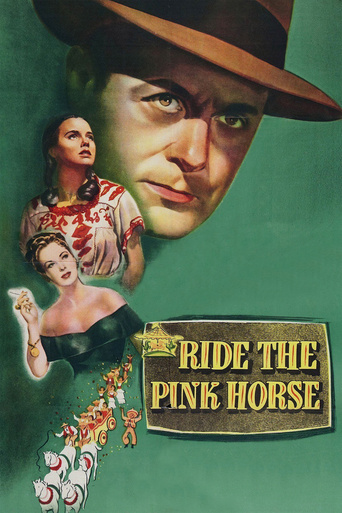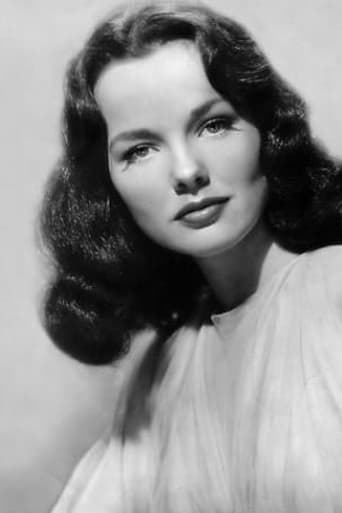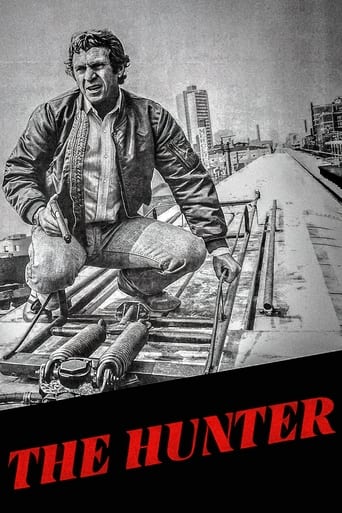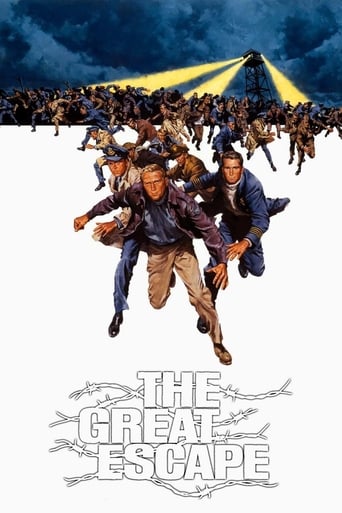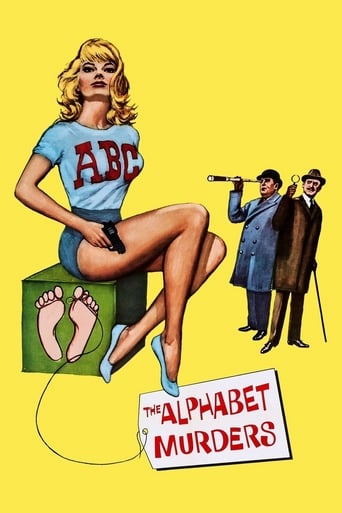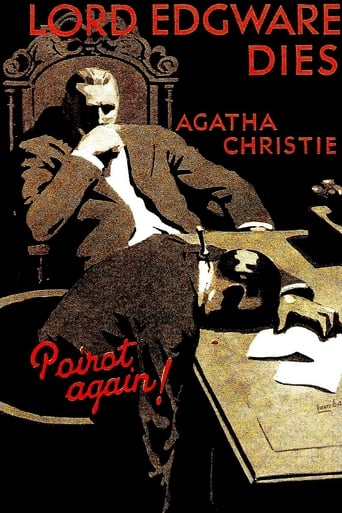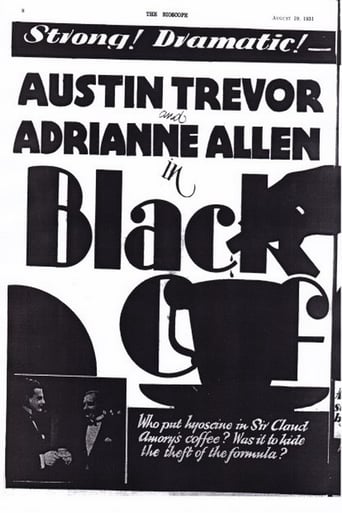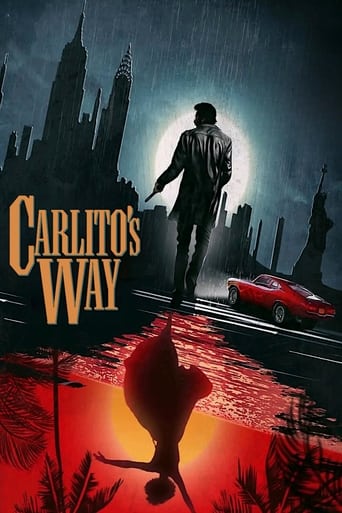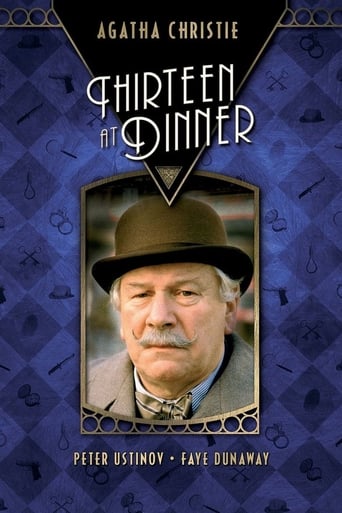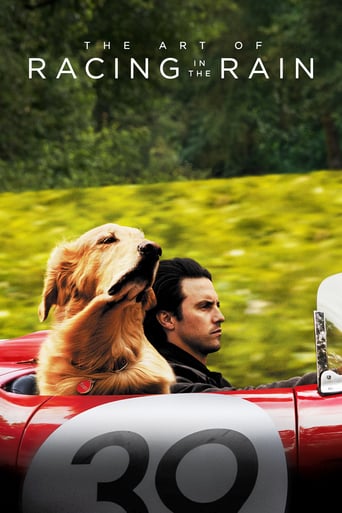Ride the Pink Horse (1947)
A con man tries to blackmail a Mexican gangster.
Watch Trailer
Free Trial Channels
Cast


Similar titles
Reviews
Such a frustrating disappointment
just watch it!
The joyful confection is coated in a sparkly gloss, bright enough to gleam from the darkest, most cynical corners.
A terrific literary drama and character piece that shows how the process of creating art can be seen differently by those doing it and those looking at it from the outside.
This is noir with an unusual racial undercurrent. Ex-soldier Gagin (Montgomery) travels to New Mexico to avenge his combat buddy's murder by blackmailing the war-profiteer (Clark) responsible. Gagin turns out to be not a very nice man. His clipped speech suggests he's being penalized for every word he speaks. Yet, that terseness, direct manner, and unblinking stare also suggest a man who knows his own mind and will not bend easily, a crucial component of the story.We get a first glimpse when he uses that hard manner to make fun of Mexican peasant girl Pila (Hendrix) by calling her Sitting Bull, implying he has neither much knowledge nor respect for the native New Mexico culture. Now, the really nuanced and understated subtext of the movie, apart from the crime drama aspect, is how the tables are subtly turned on him, especially in the final scene where Pila now makes fun of him to her Mexican friends. There's a subtle racial dynamic here that's easily overshadowed by the criminal phase, but is what really distinguishes this noir from others of the classic period.Note, for example, how Gagin's arrogant attitude is subtly turned around, especially by the grubby carousel owner, Pancho. Thomas Gomez's Pancho amounts to an unforgettable character, and one who I think steals the movie amid heavy competition. Pancho is fat and unkempt in ways that Hollywood seldom allowed. But he's also good-natured with a big heart, which probably only the poor with nothing much to lose can be. Pancho will help a stranger and not ask anything in return, an attitude foreign to the grasping Gagin. At first, the easterner doesn't really know what to make of him or his open attitude. Nonetheless, the scene where Pancho shares his outdoor cot with the self-centered Gagin while killers stalk him is not only well played, but crucial to the city boy's growing respect for a different set of values. It's the character Pila, however, that's both unusual and beautifully played. What's behind her immediate hooking onto Gagin. Is it his good looks, his expensive clothes, or maybe something touchier like the challenge of the color line. In fact, the movie plays this sensitive topic expertly. The color-line is never stated, but is implied in a number of ways. Note Gagin's easy familiarity with her right away, bespeaking an unspoken superiority; at the same time, she blurts out haltingly, in her best peasant dress, clearly unsure how to converse with this strange object of attraction.The key scene with the color line, however, is luncheon in the fancy hotel. Note how Pila hesitates while the ever self-assured Gagin strides confidently into the dining-room. Even if she's just visiting for the fiesta, the Mexican girl knows instinctively she's crossing here into forbidden territory. But the really telling part, done so skillfully, is the quick glances between the peasant girl and the smartly dressed hostess who seats them. The eye contacts pass quickly, but speak volumes about social strata in that part of the country. Conversely, note how the gaiety of the Mexican saloon suddenly stops once the white man Gagin steps inside. But unlike Pila's shrinking violet, Montgomery's assured character uses his status to quickly dominate the bar scene. Once again, the subtext is underplayed, but to no less effectHowever, it's that final scene that's stayed with me over the years. Chastened now by the help he's received from Pancho and Pila, Gagin goes to the carousel to say a final good-bye. He's not staying on in San Pablo now that his business with gangster Hugo is finished, implying also that his friendships there can be nothing more than passing ones given the contrasting backgrounds. But notice how hesitant Gagin is in talking to Pila for the last time as she stands boldly among her amigos. Clearly, Gagin's been changed by events and by people he no doubt first considered his inferiors. Now he stammers, no longer glibly self-assured; at the same time, she makes it no easier, staring icily and saying little. She's now clearly the dominant one, embarrassing him in front of the subtly amused government man (Smith). Despite repeated viewings, I still see no hint of her regret at his departure. Instead it looks like she's exulting to her amigos in how she's played him for an apparent chump, which is completely contrary to her behavior throughout. I have no easy explanation for this apparent reversal, except that perhaps she's seeking to re-establish a standing among her peers despite well-concealed inner feelings. But whatever the explanation, this color-line aspect remains, I think, a fascinating one for a movie that refuses the conventional pat ending.Anyway, the movie remains first-rate noir, with top-notch acting, scripting, and directing, especially the memorable touches like Hugo's earphone, the giant puppet, and the musical carousel. Montgomery was clearly a moviemaker with ideas. And here he succeeds in spades.
This is one of my Favorite films. The entire cast is good in this film, especially Thomas Gomez. The late 40's was a great time for Film Noir. This one rates right up there with Out of the Past. Thomas Gomez was in so many great films in the 40's, Phantom Lady, Key Kargo, Force of Evil, but I think this was his best performance. Fred Clark was also good as the heavy. Good direction my Robert Montgomery. If You get a chance to catch this one on TCM don't miss it. A bit of trivia Wanda Hendrix was married to Audie Murphy. She was also great in this film. The scenes with her and Montgomery are great. Ride the Pink Horse is a little know film that deserves a lot of attention.
I saw this film when I was a young boy when it first came out in 1947 but didn't truly appreciate it till I saw it on TCM the other night again. I agree with all your commentators as to its enigmatic mystery and its possible shortfalls attributable to Montgomery vis a vis Bogart. I found the dialogue and the monologues gripping. In later looking this movie up here I discovered why: the script was by Ben Hecht (of Front Page fame). No wonder it was so great. As many of your commentators point out (and very perceptively too) the individual performances of Gomez, Hendrix, Clark, etc. were all splendid, not to forget Montgomery himself. But TCM must have edited the film or else I fell asleep watching it: I definitely did not see Gomez being beaten up by anyone while being watched by uncomprehending children. That part was definitely not in the version that I watched, sad to say. One of the strongest parts of the film was the disillusionment and cynicism expressed by the Montgomery character against patriotism, and WWII and its profiteers in typical film-noir fashion. Also strikingly evocative and disturbing was the final scene in which the innocent-appearing and passive Hendrix character finally opens up to her friends and re-enacts the events of the film in a vivacious and cynical way to show her friends how sophisticated she is after all. What a dash of cold water in the face of those who expected a romantic ending between two such repressed characters who made a specialty out of never showing their emotions. A great, great movie.
This is a relatively unknown film despite thomas gomaz being nominated for best supporting actor. What a shame, since this is a really great film. Although i do think that this is a pretty stupid title. It was also robert montgomery's second film as star and director after 1946's lady in the lake, in which he played phil marlowe.

